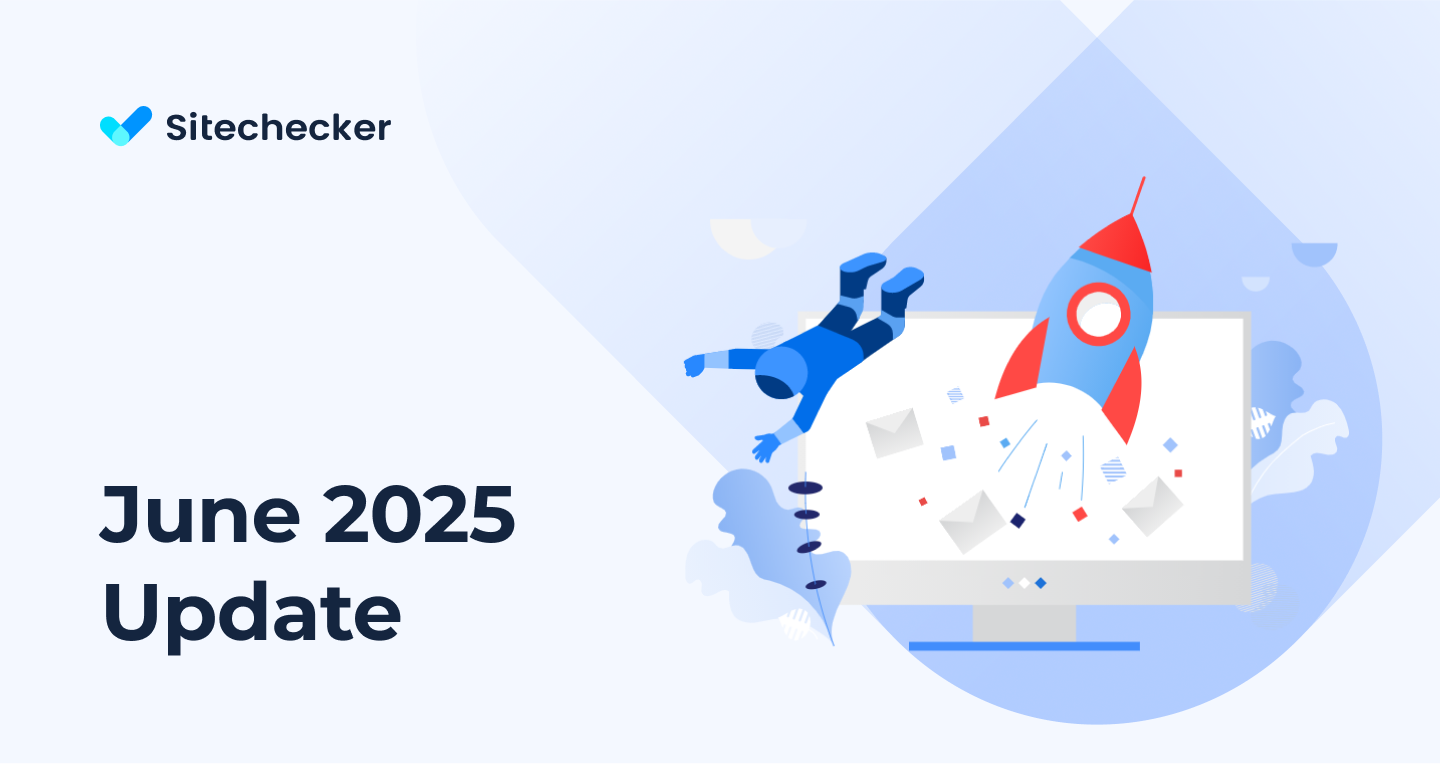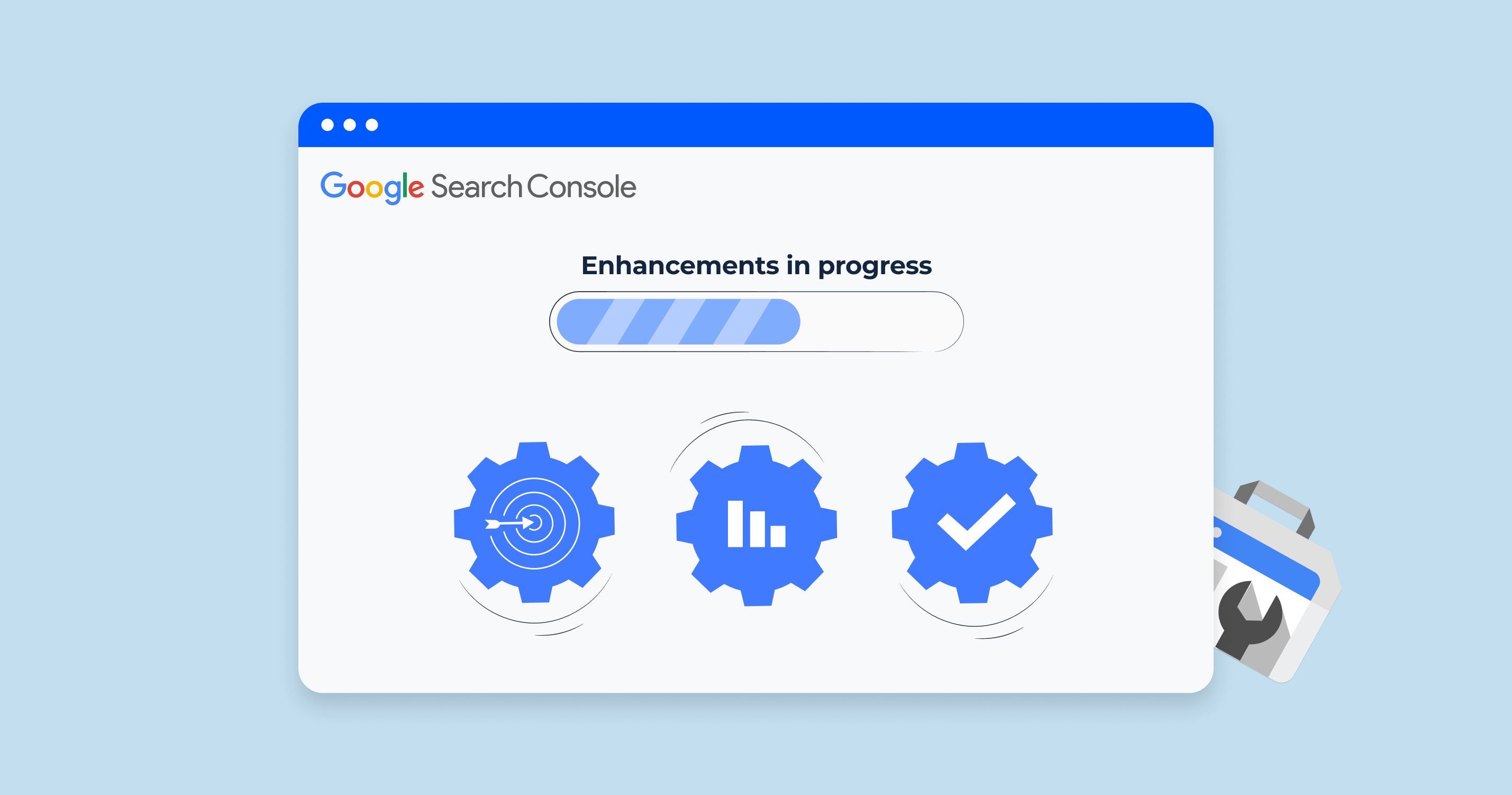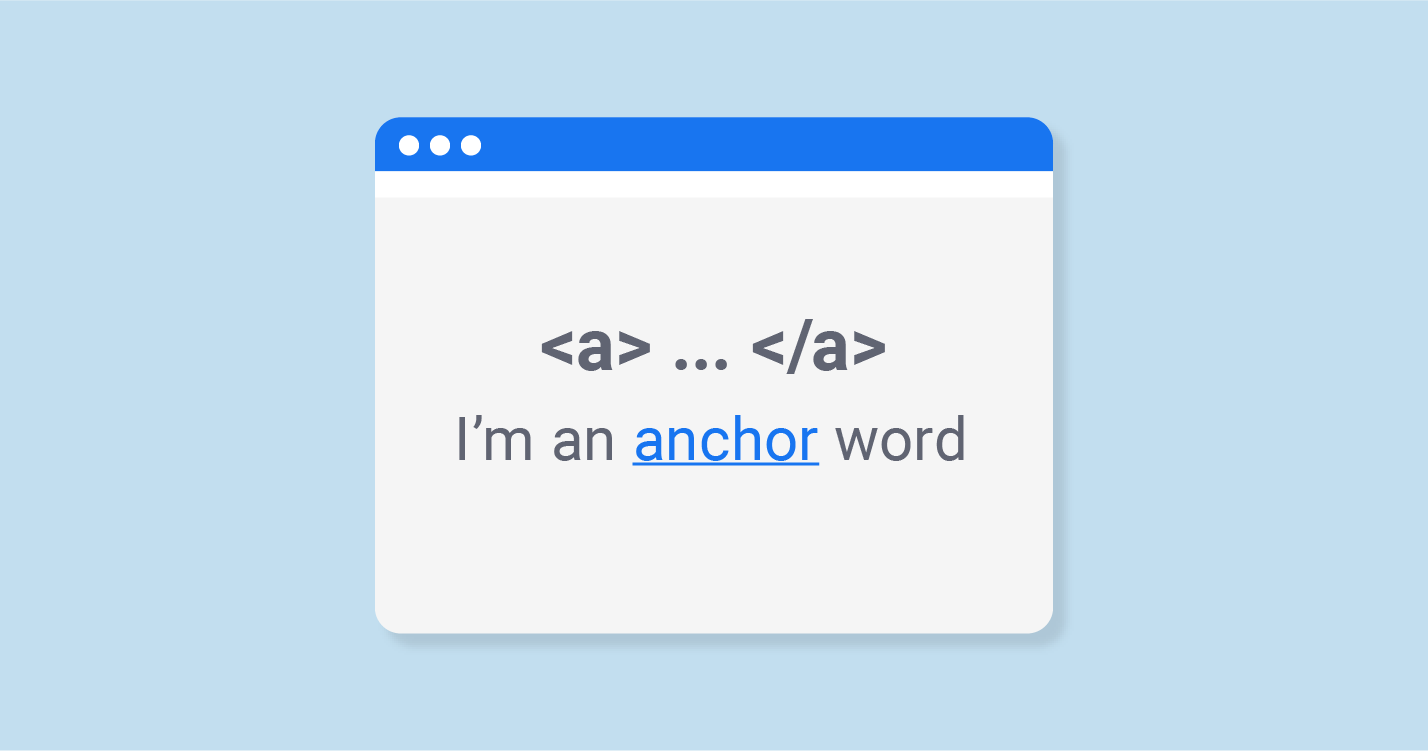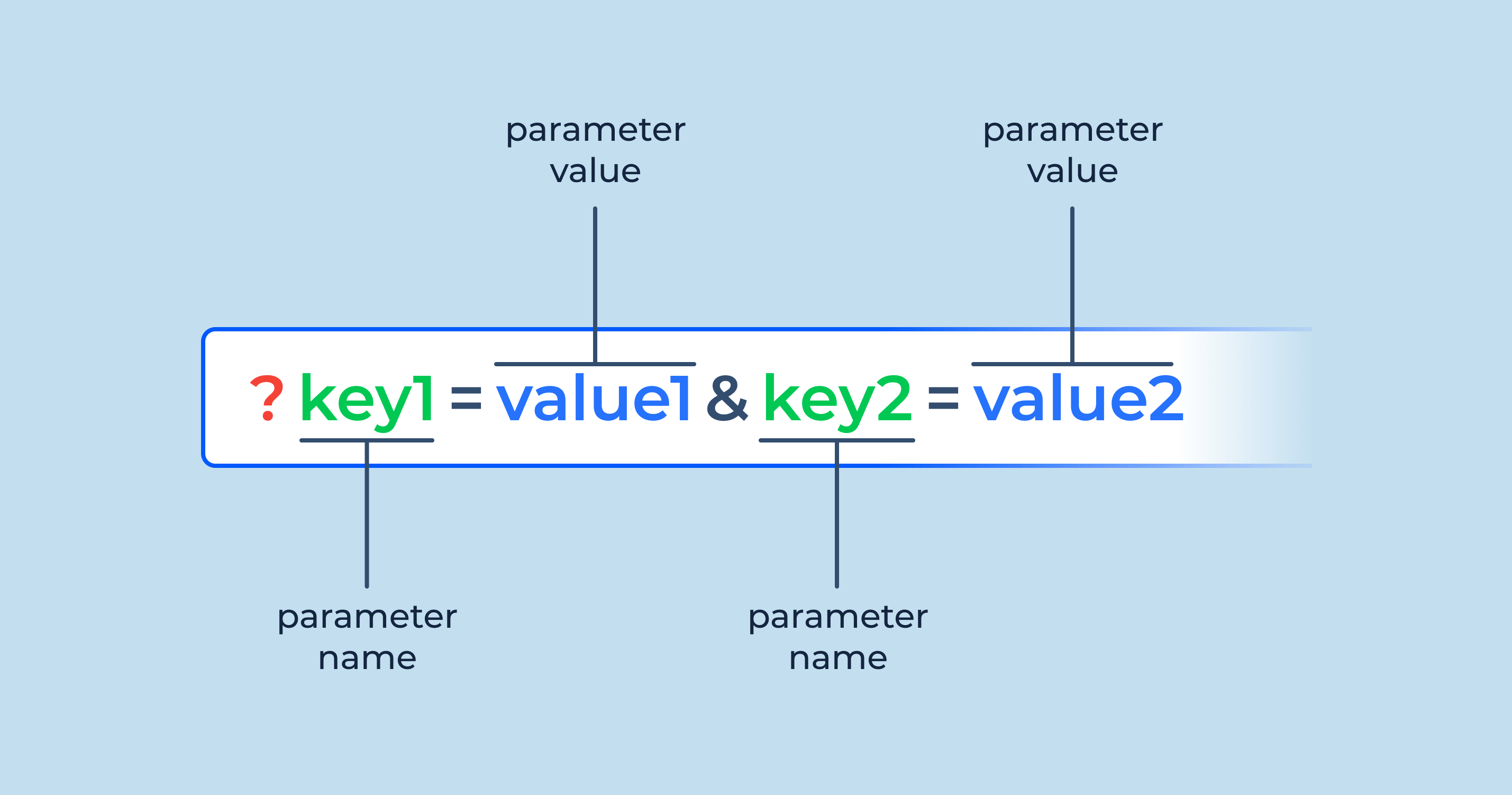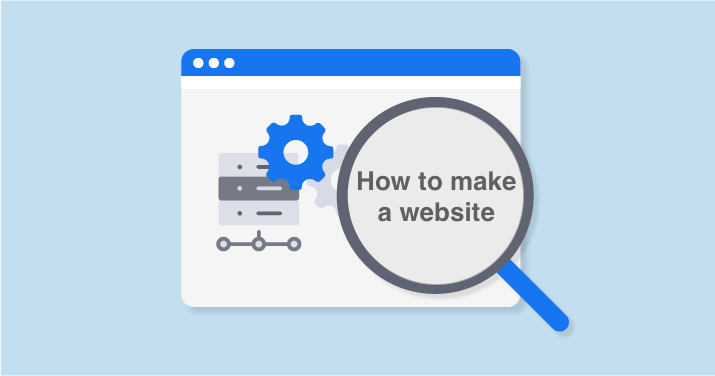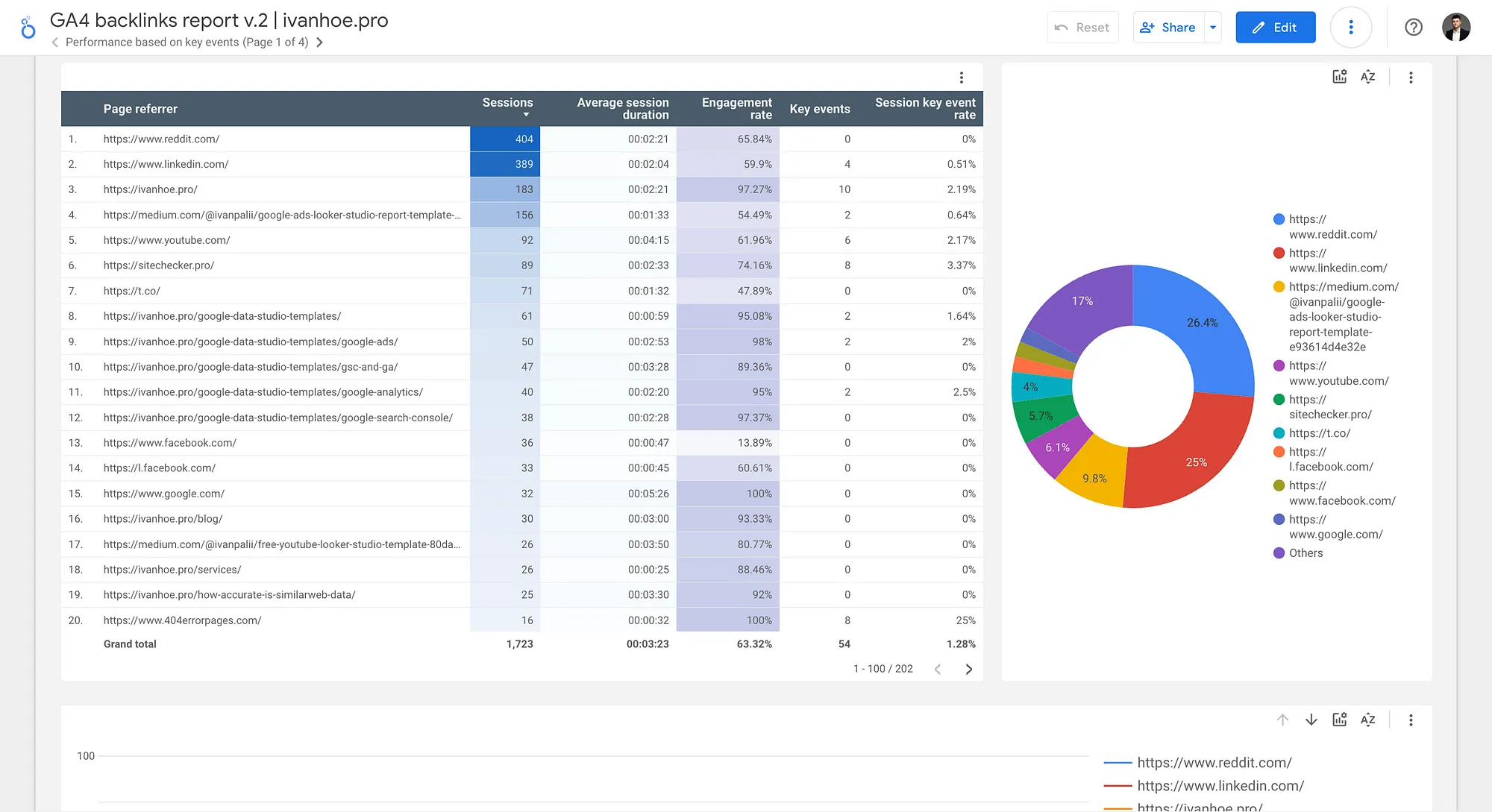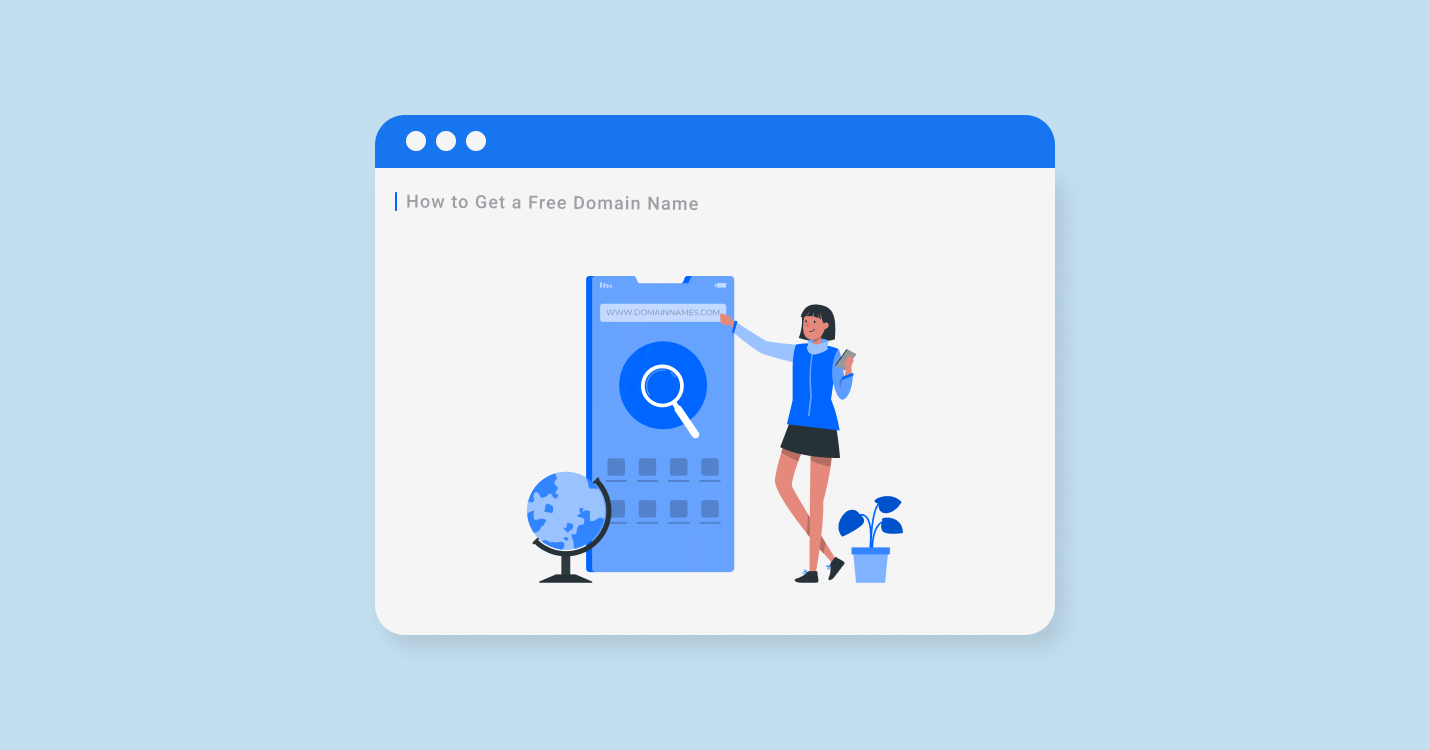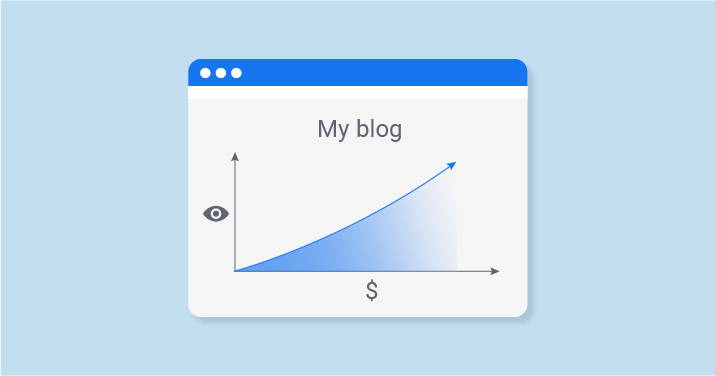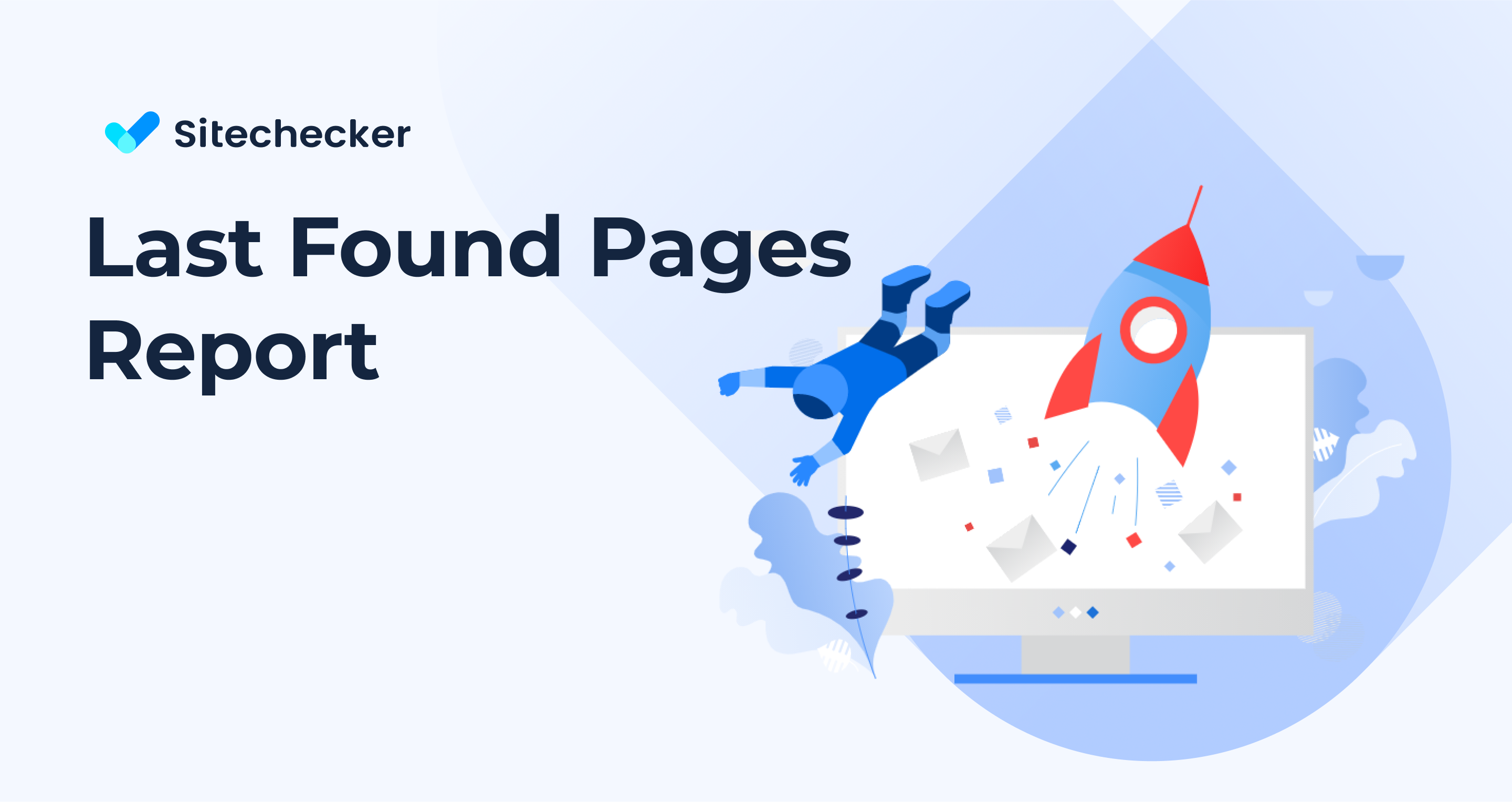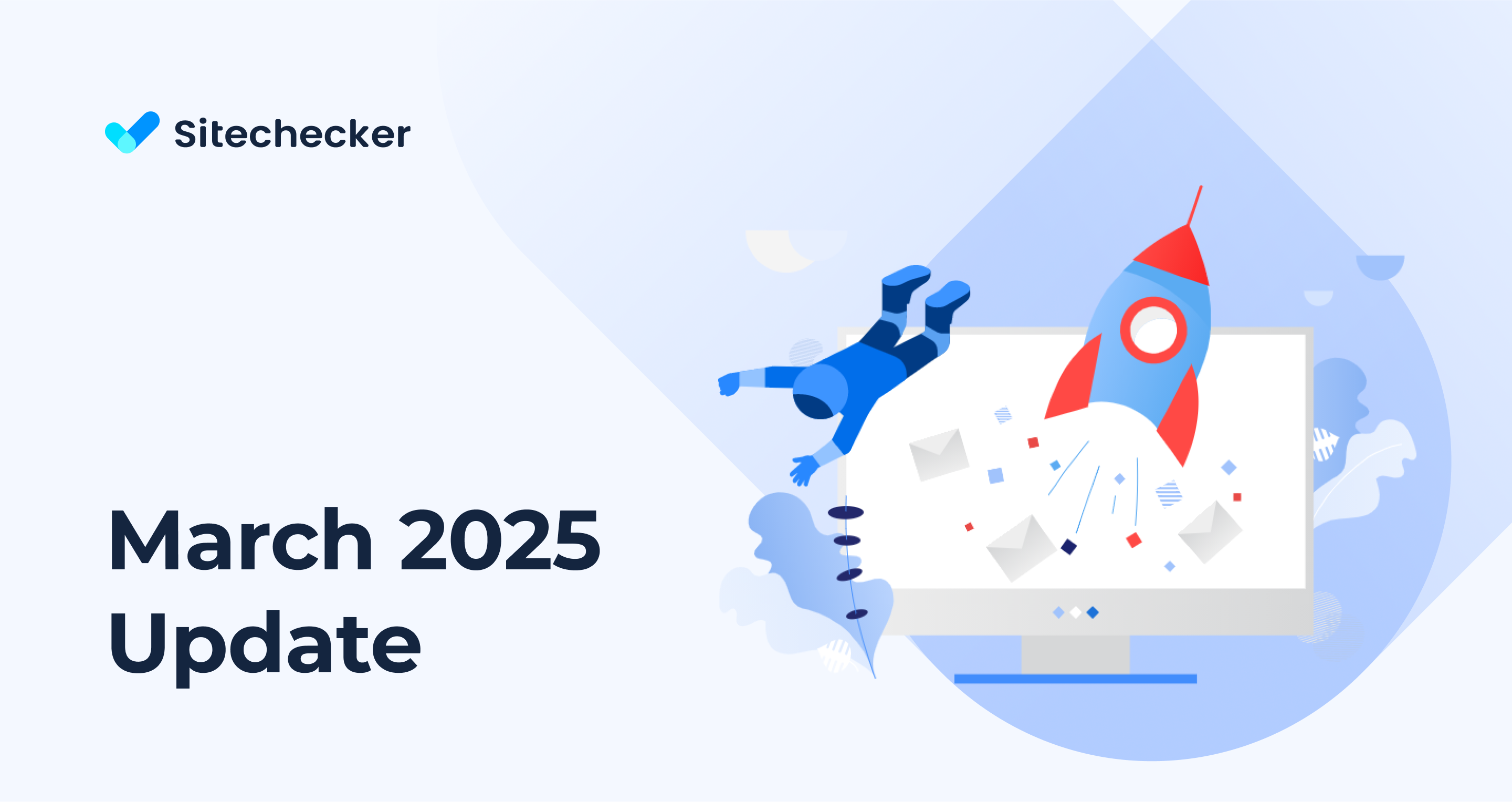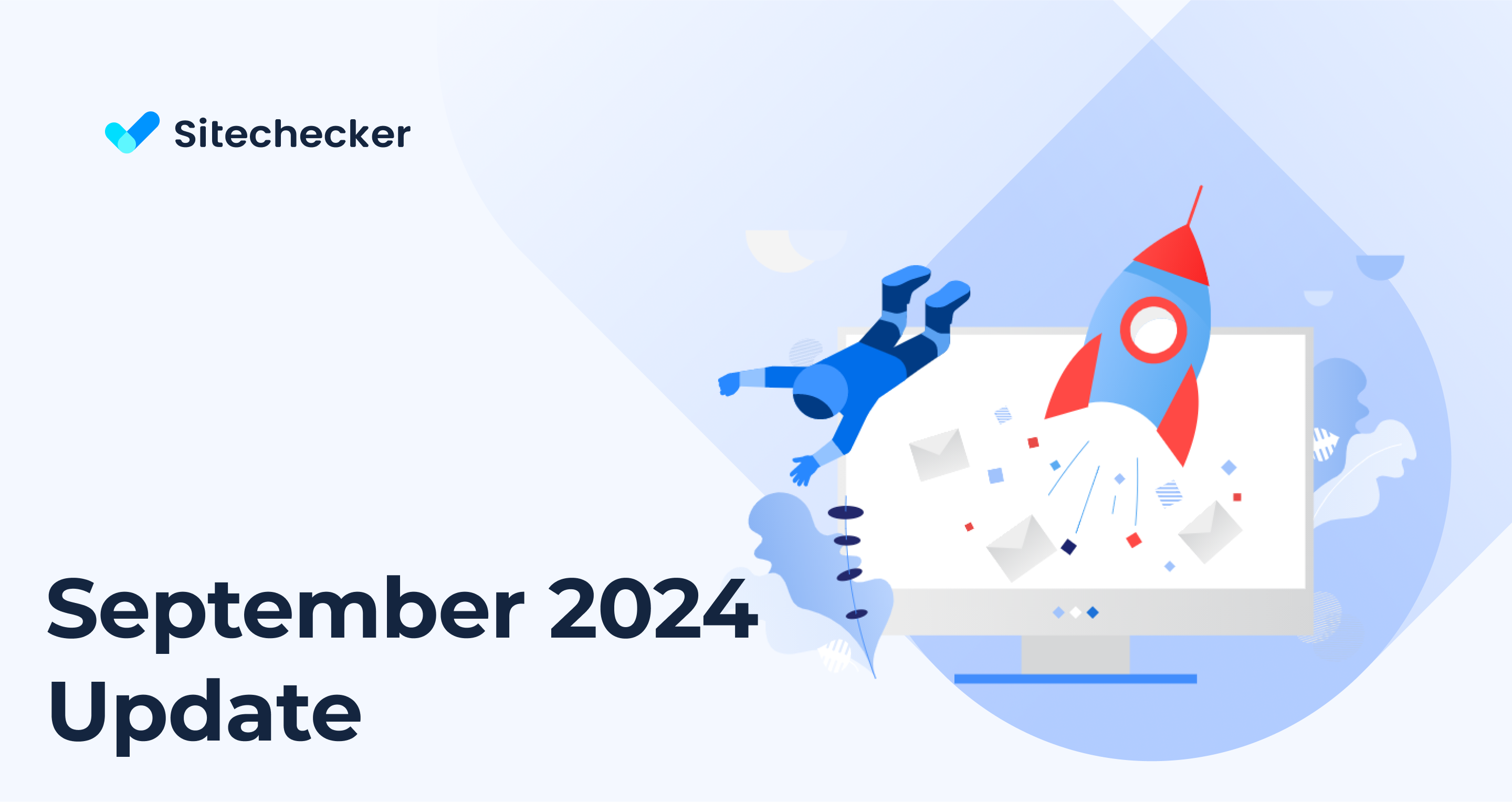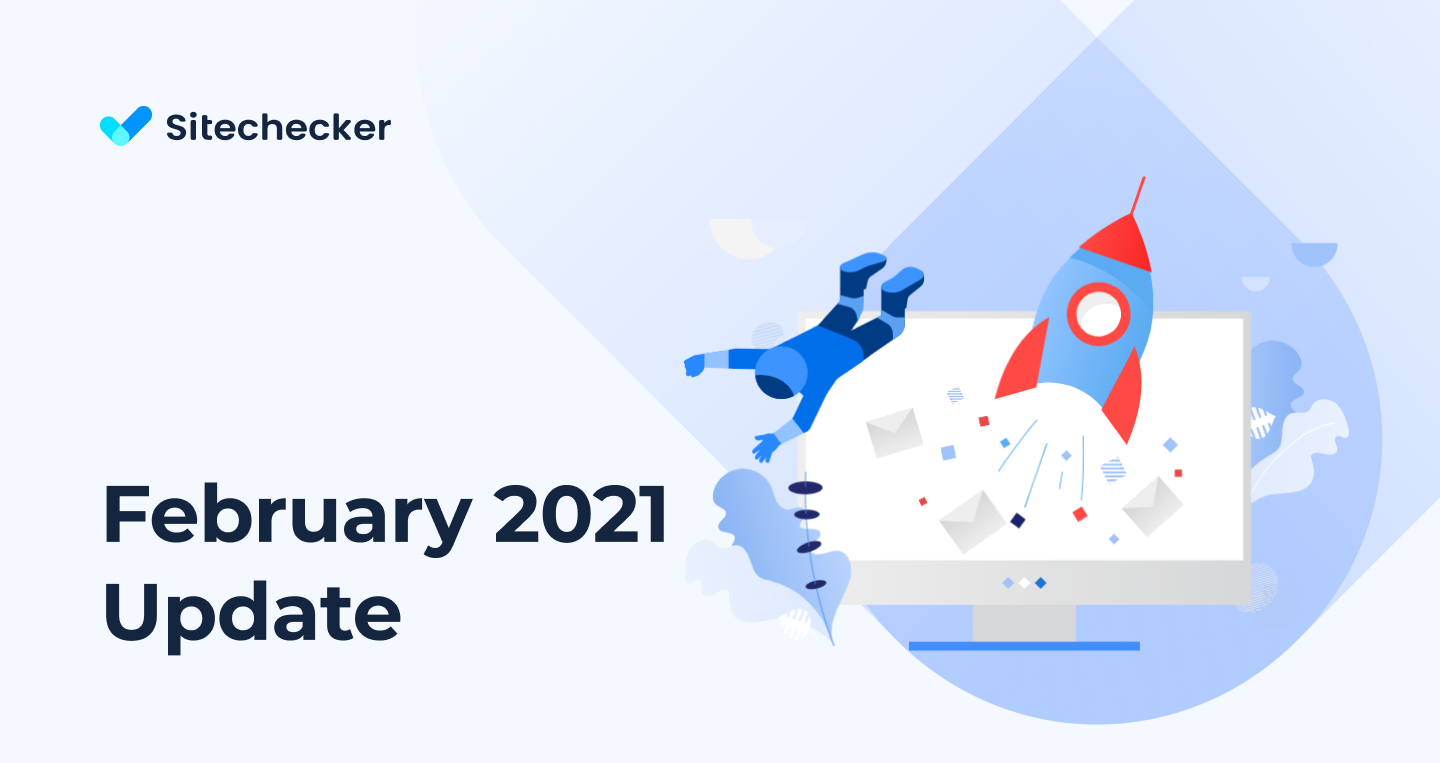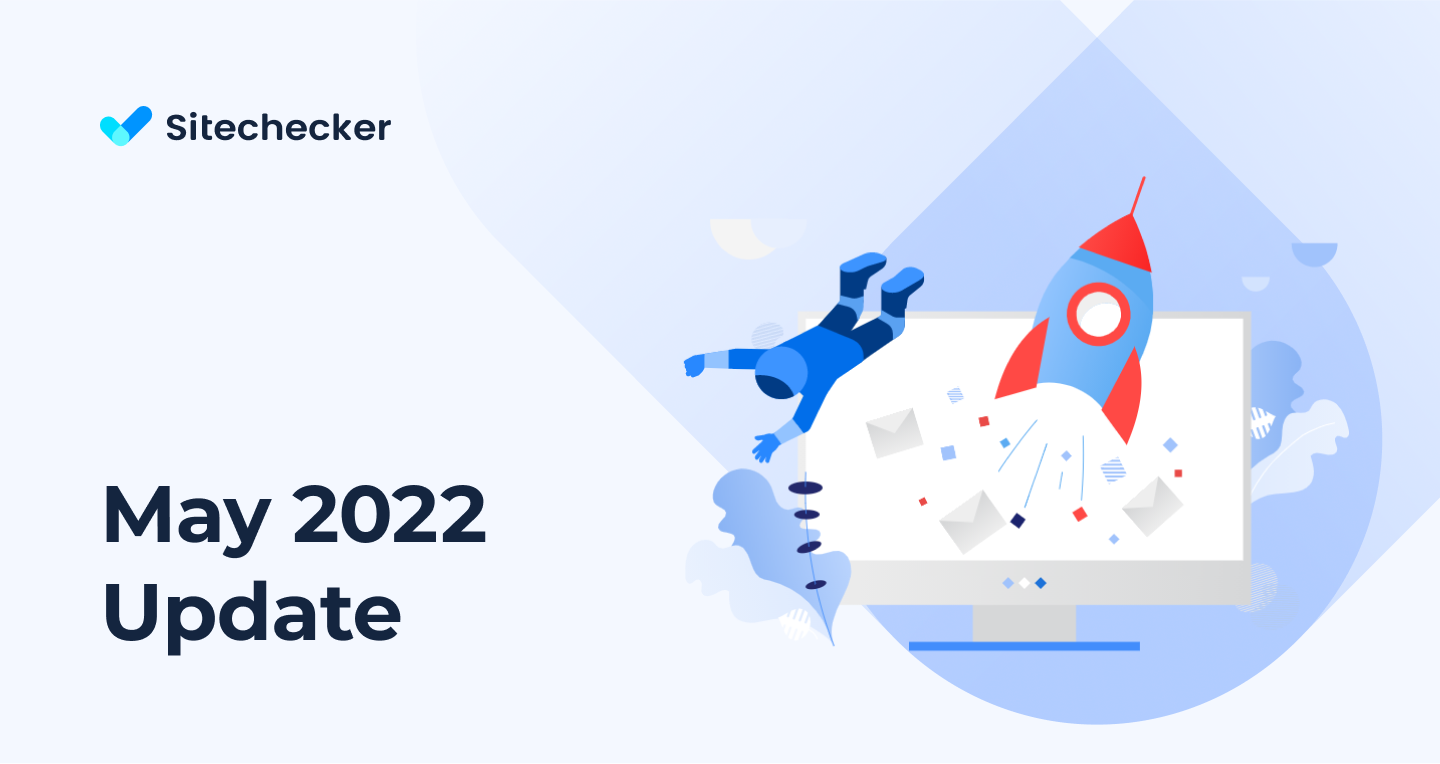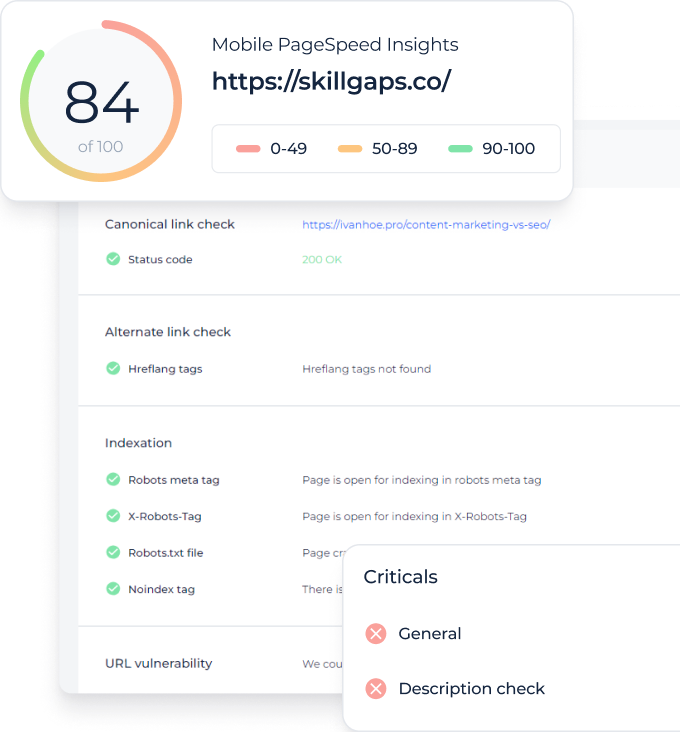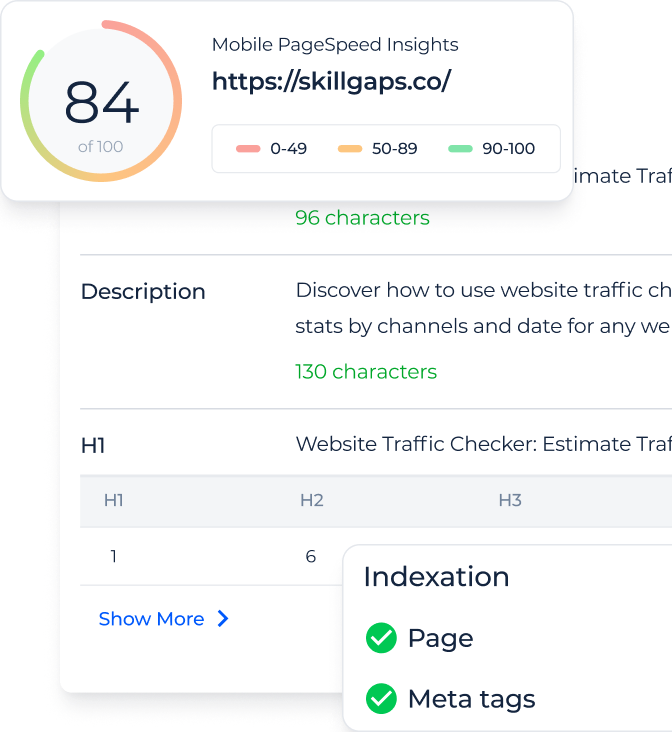Sitechecker SEO Blog
Stay ahead in SEO with our Sitechecker SEO Blog. Explore expert tips, latest trends, and powerful strategies to boost your website’s visibility!
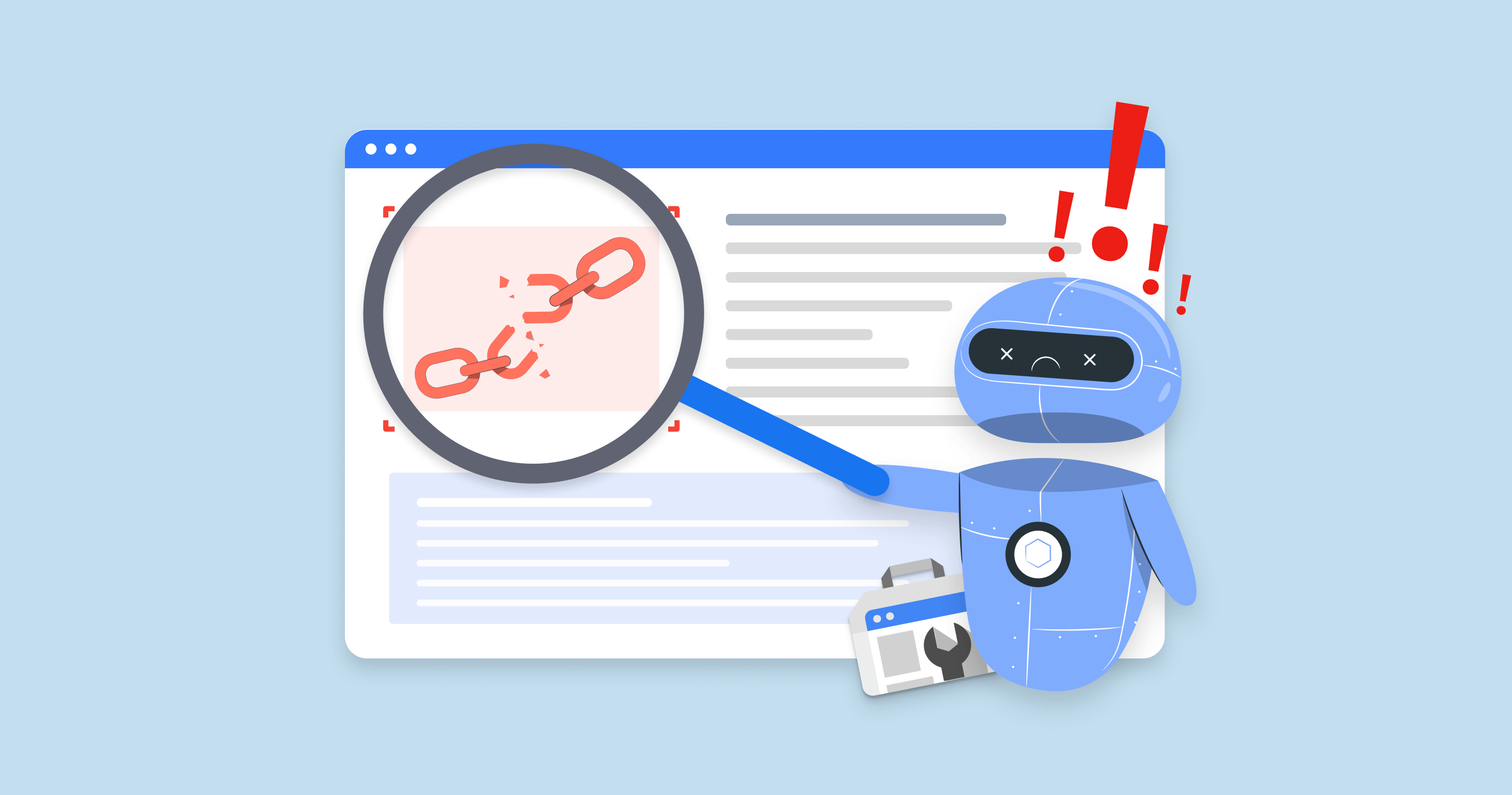
How to Find & Fix Broken Links in Google Search Console
Roman Rohoza
May 14, 2025
Show more posts
SEO
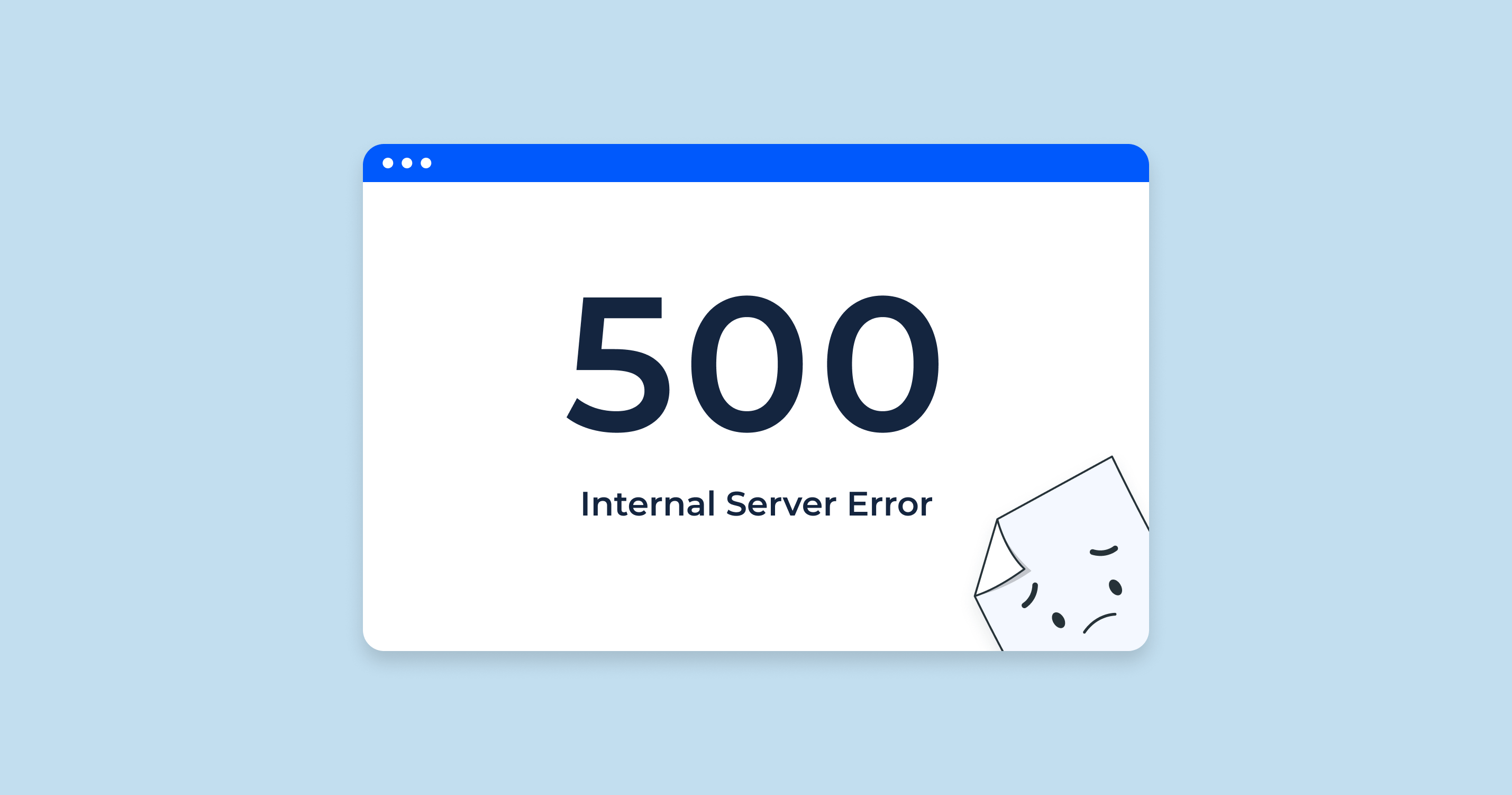
What is Error 500 "Internal Server Error": Meaning and How to Fix Issue
Ivan Palii
Jul 27, 2023
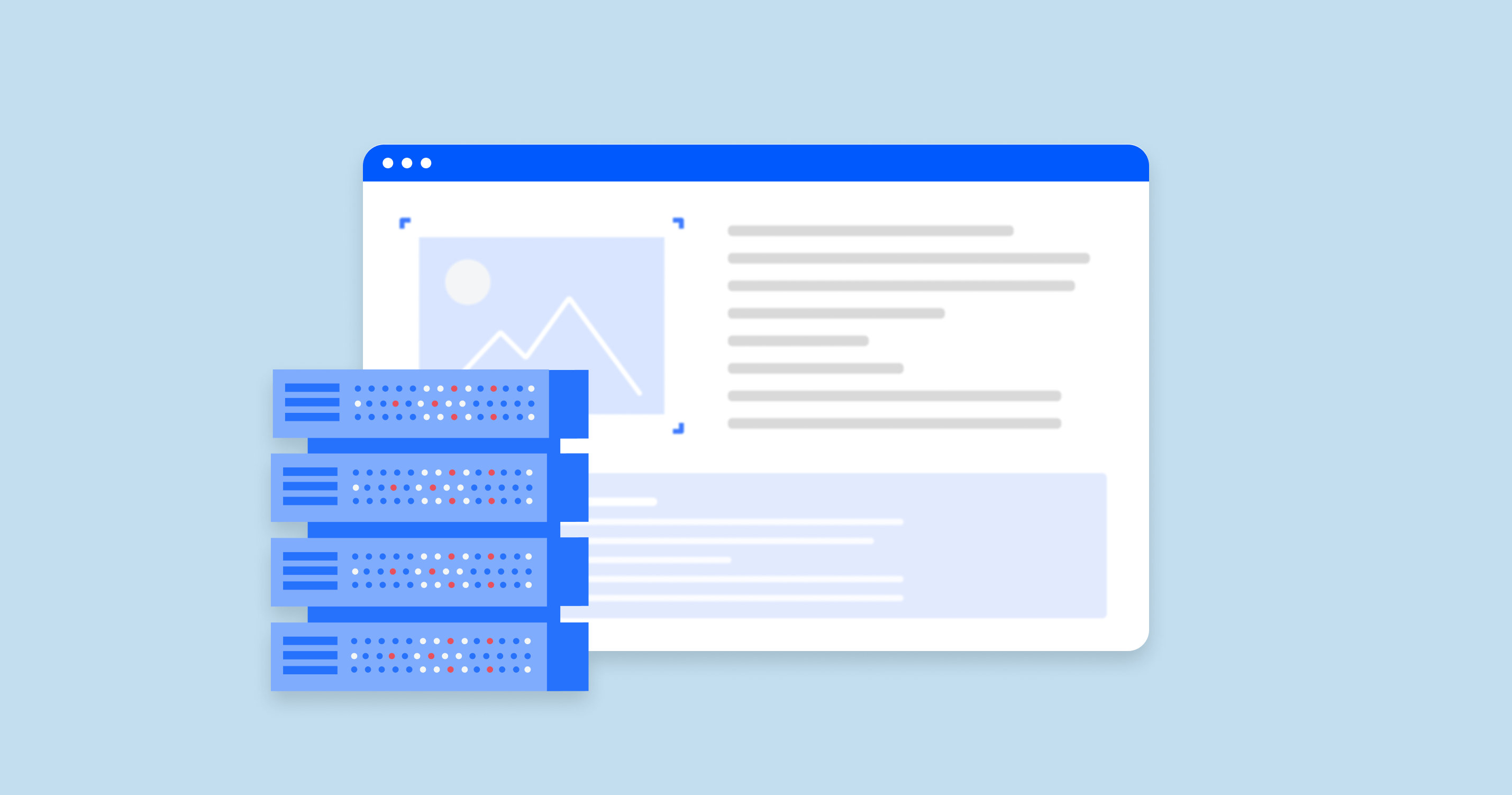
What Is Localhost? Function, and Their Impact on SEO. Ways to Troubleshoot Common Localhost Errors
Ivan Palii
Oct 3, 2023
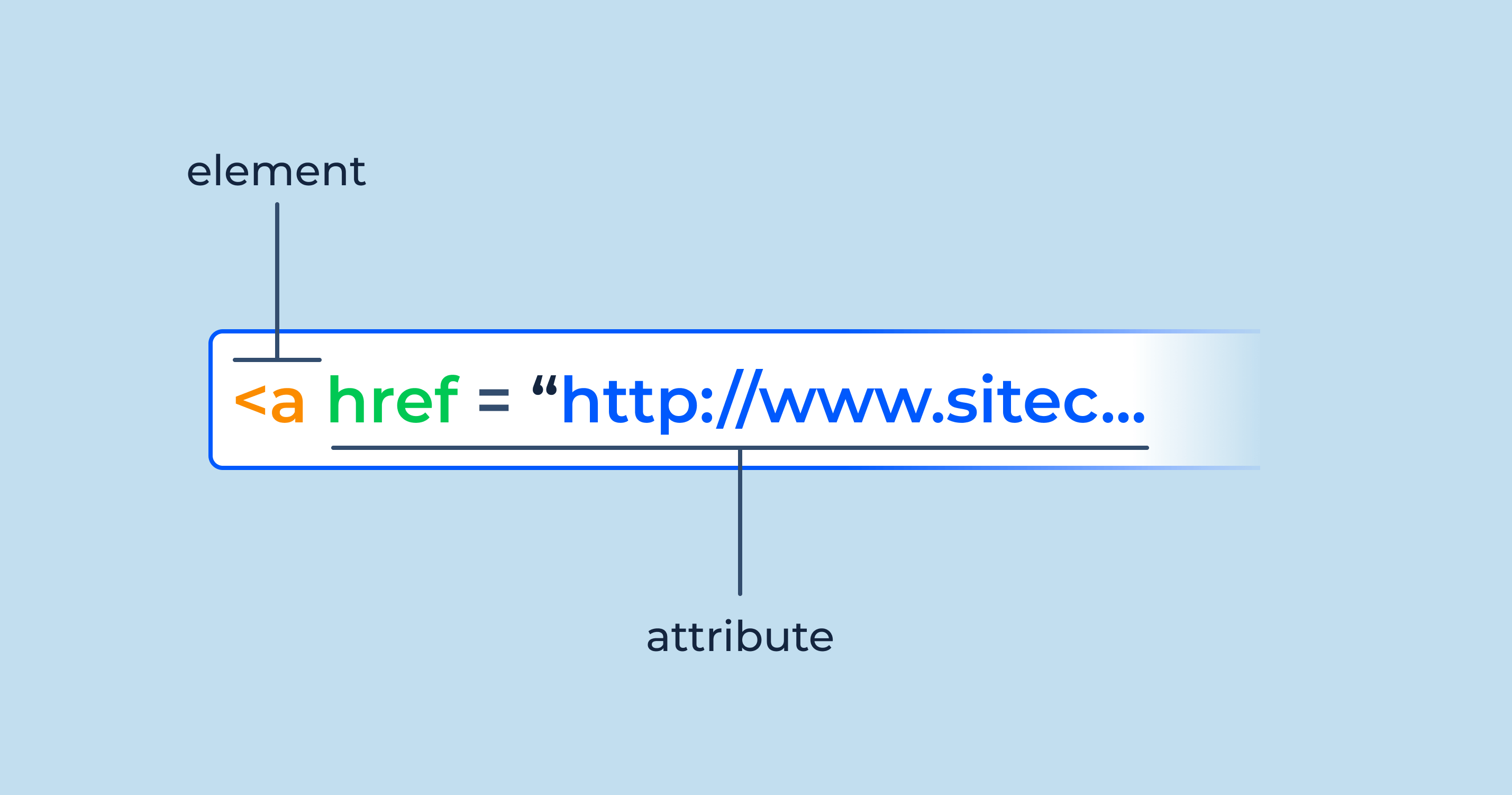
Absolute URL vs. Relative URL. What is the Difference Between Them.
Ivan Palii
Oct 3, 2023
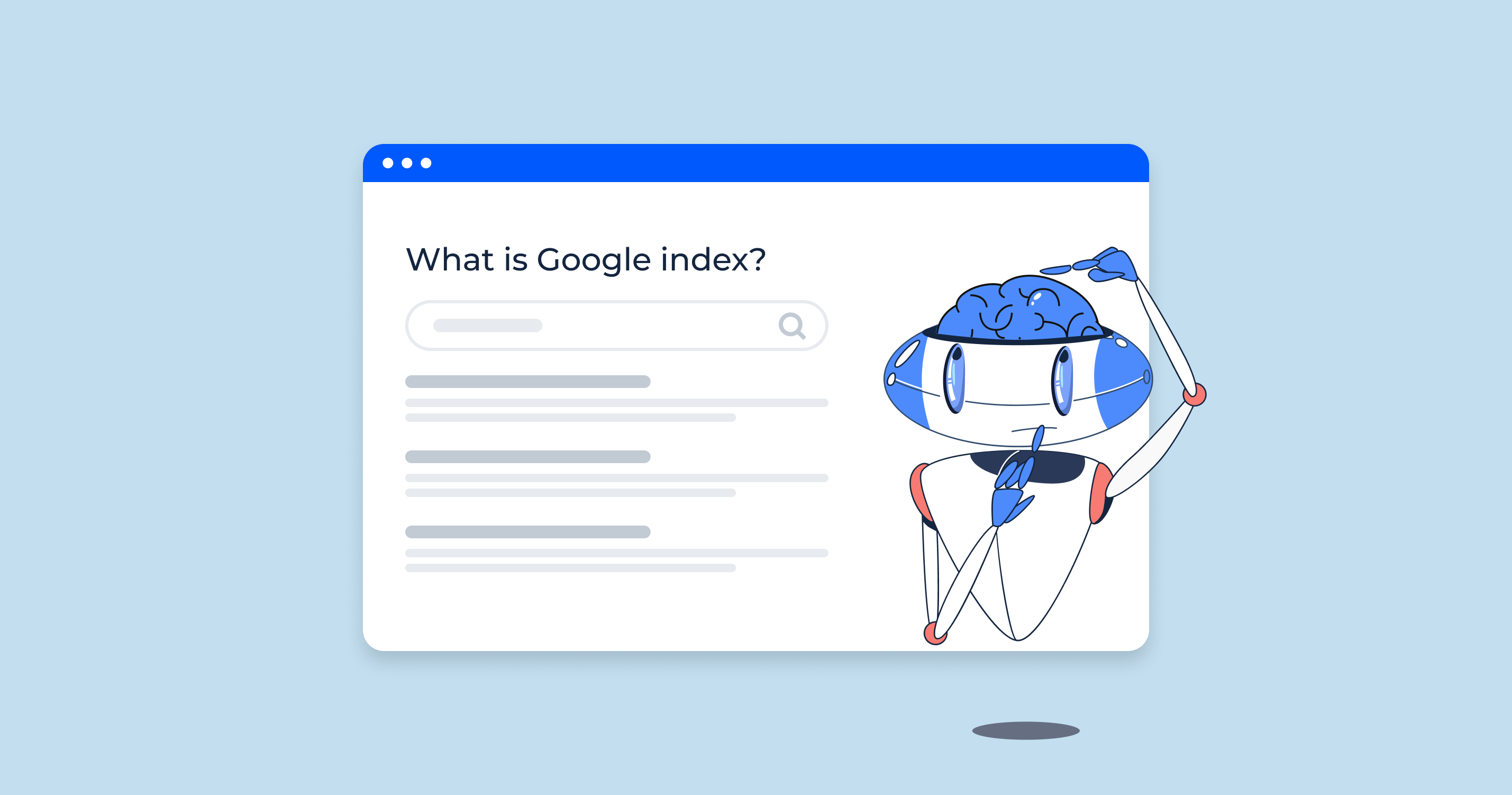
What Is Google Indexing Process. Tips on How to Check and Monitor Indexation
Ivan Palii
Sep 18, 2023
Interviews
View More Posts
Interview
Nik Vujic on the Webflow vs WordPress for SEO and Running B2B SaaS Agency
Ivan Palii
Sep 17, 2024
Interview
SEO Tips from Spencer Haws, SEO Blogger and Founder of NichePursuits.com
Ivan Palii
May 17, 2021
Marketing
View More Posts
What is a Website Builder? Understand the Pros and Cons of Website Builders
Ivan Palii
Dec 11, 2023
Optimize your site's health & unlock potential with our SEO Checker & Audit Tool

Improve website’s on-page and technical SEO

Monitor all your website’s changes 24/7

Monitor your website rankings

Monitor and analyze all the backlinks
Product & Studies
Web Hosting Reviews
View More Posts
Web Hosting
Interserver.net Reviews: What Points You Should Consider for SEO
Iryna Krutko
Mar 17, 2021
